Christian Boltanski was a French artist working in sculpture, photography, painting, and filmmaking, known for such works as Personnes (2010).
Tag Archives: art
RIP Christo (1935–2009)
Christo was a Bulgarian-American artist best-known for wrapping up monument-sized objects.
Grotesques in Antwerp
The Antwerp Plantin-Moretus Museum currently hosts Grotesques. A fascinating fantasy world.
Highlights include four of the Pourtraicture ingenieuse de plusieurs façon de Masques by Cornelis Floris de Vriendt and two prints of caricatures by Philippe de Soye and Hans Liefrinck I after Leonardo da Vinci.
Some photographic impressions can be found below.

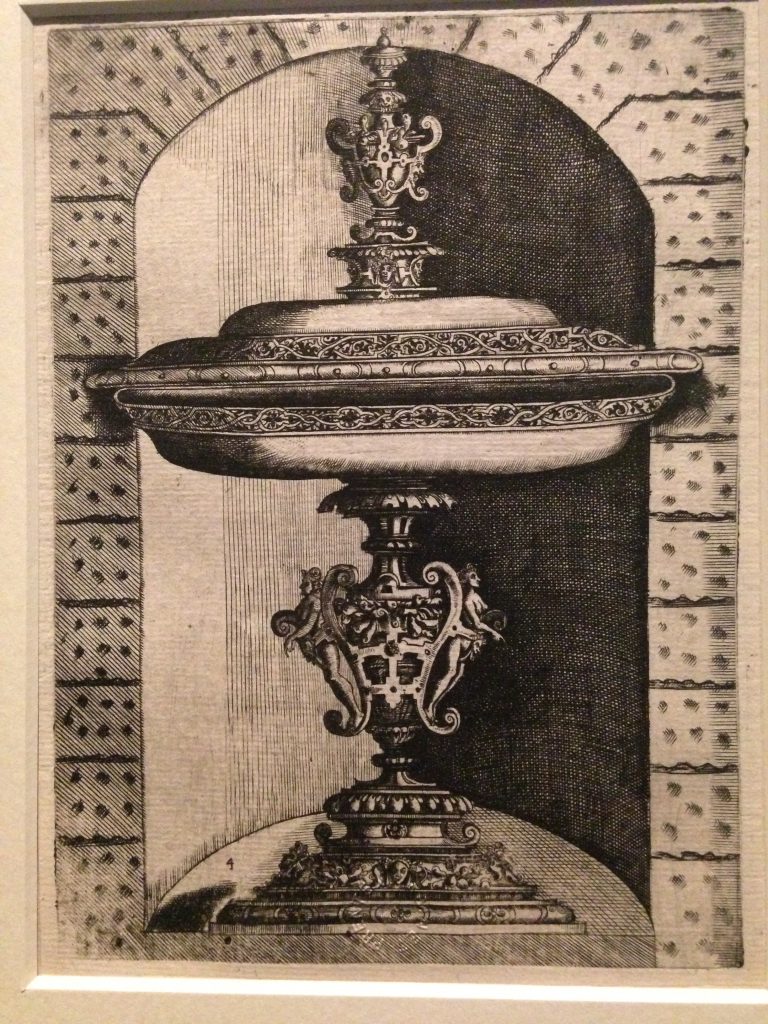
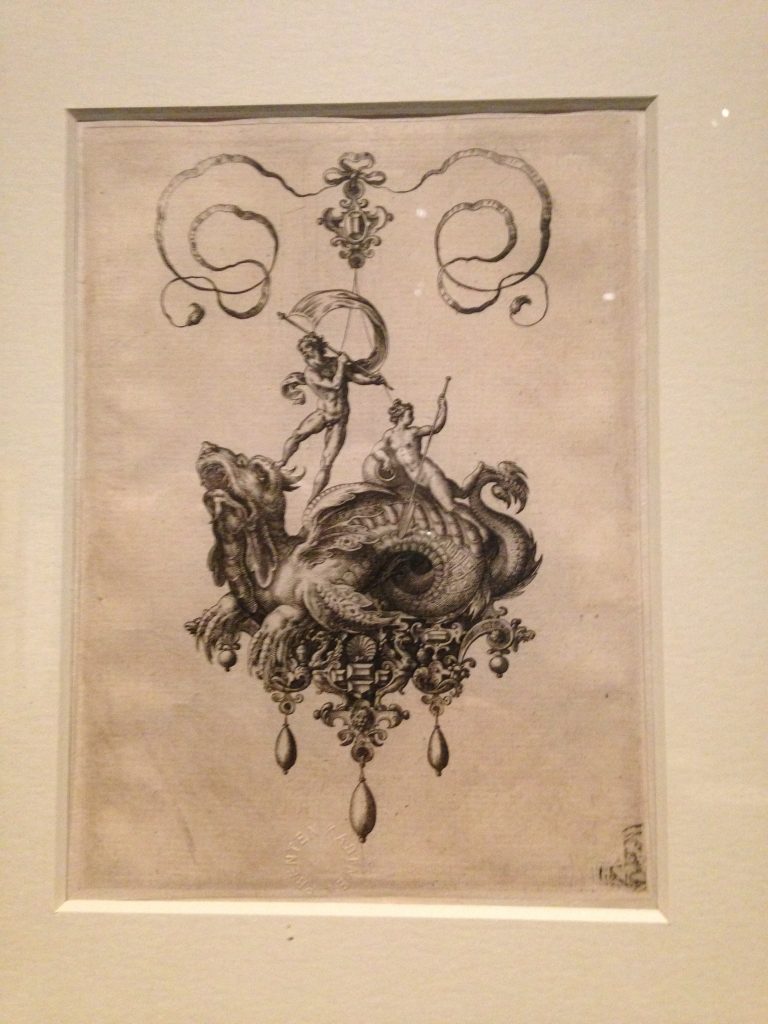
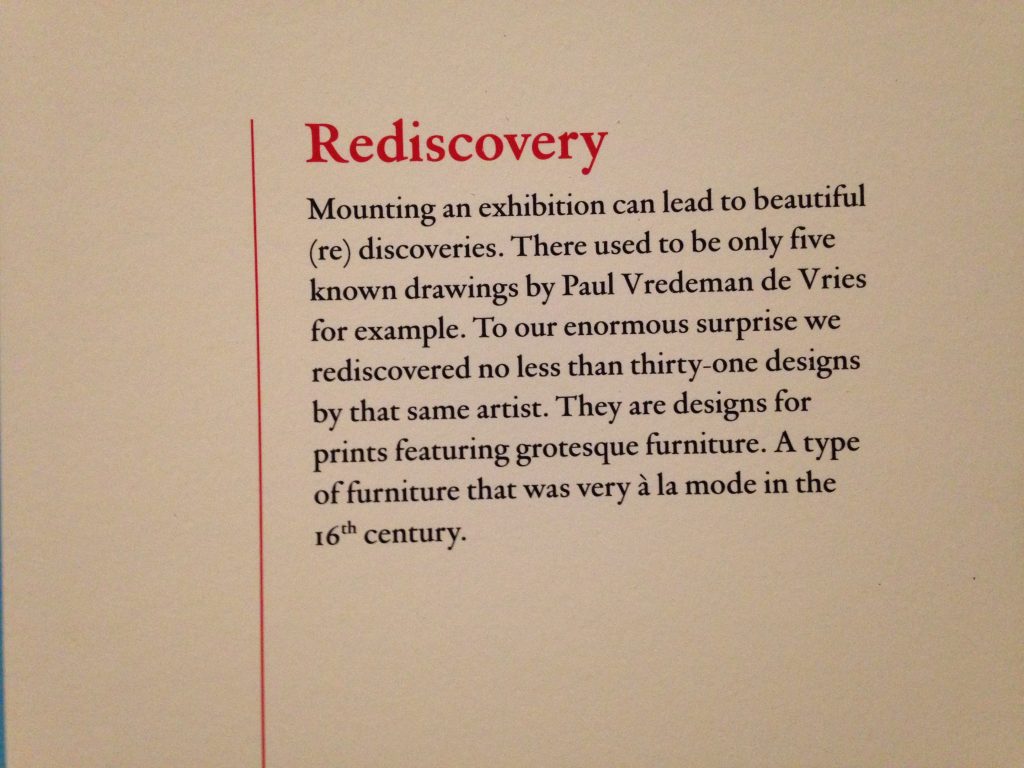

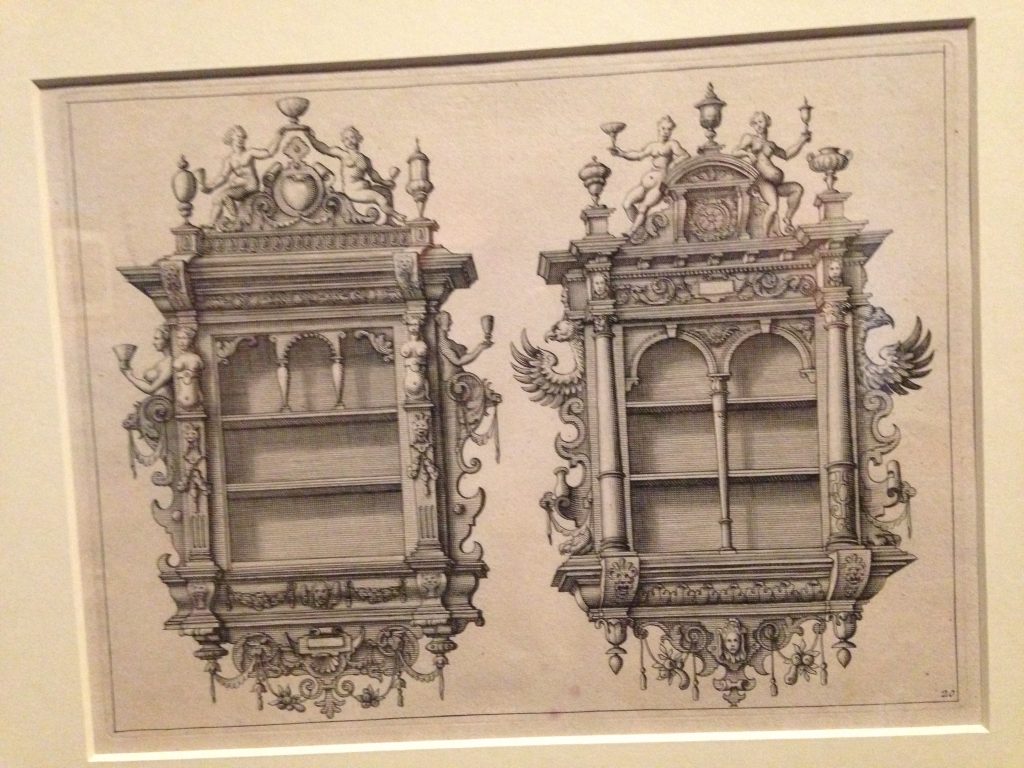
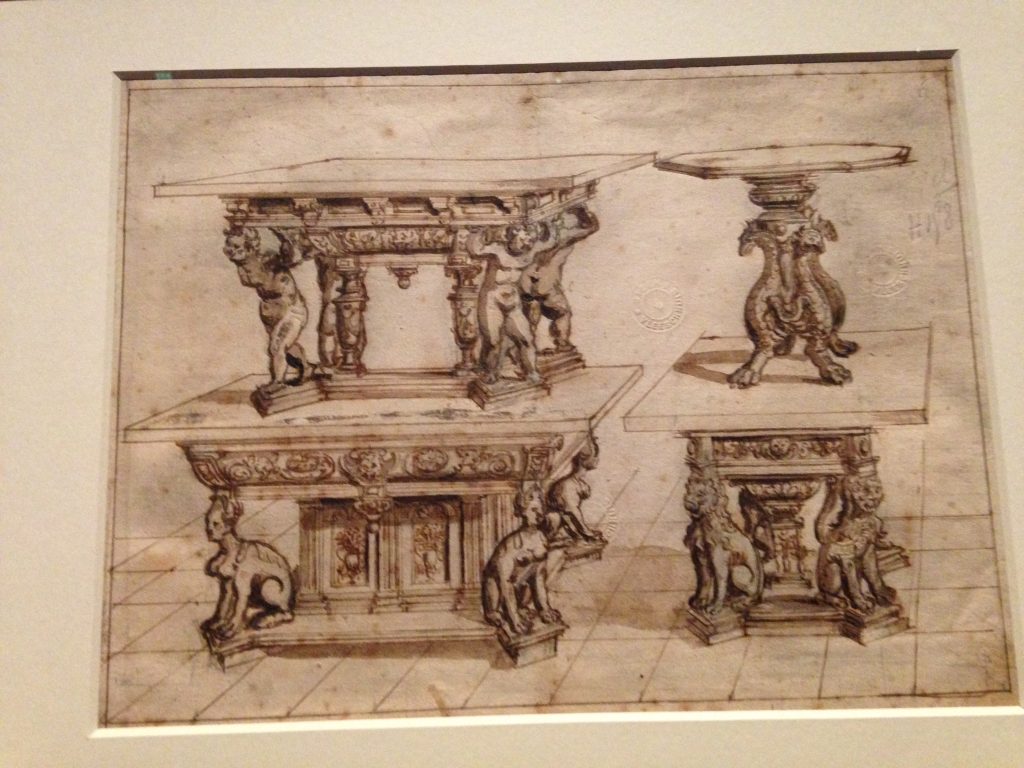

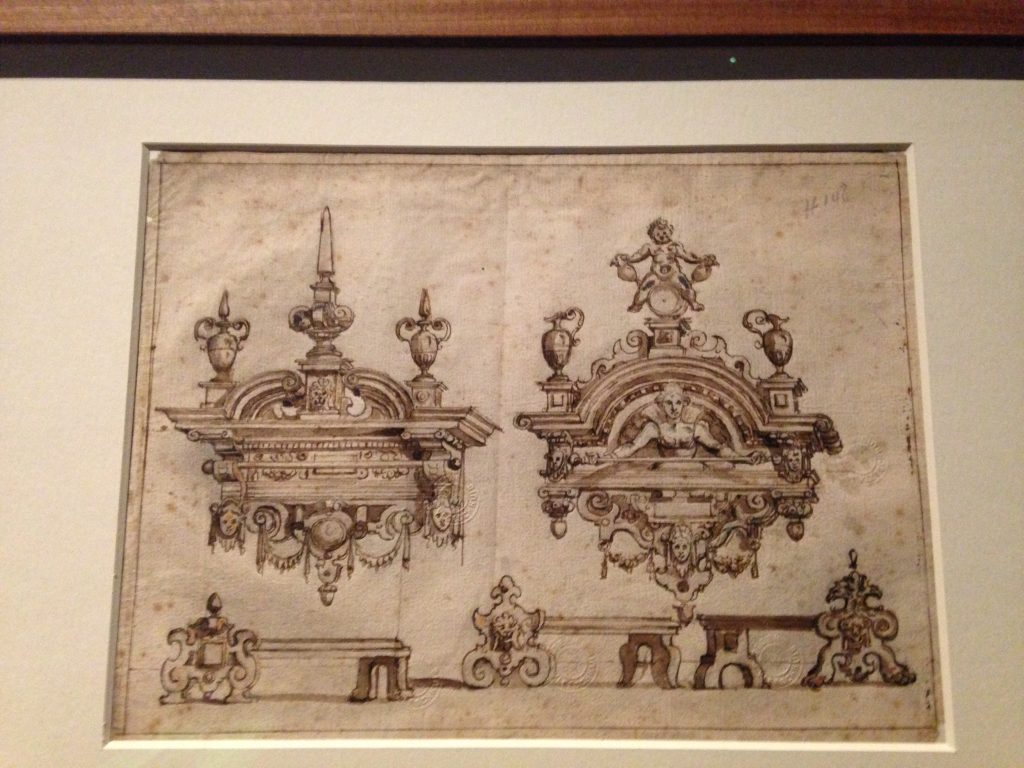
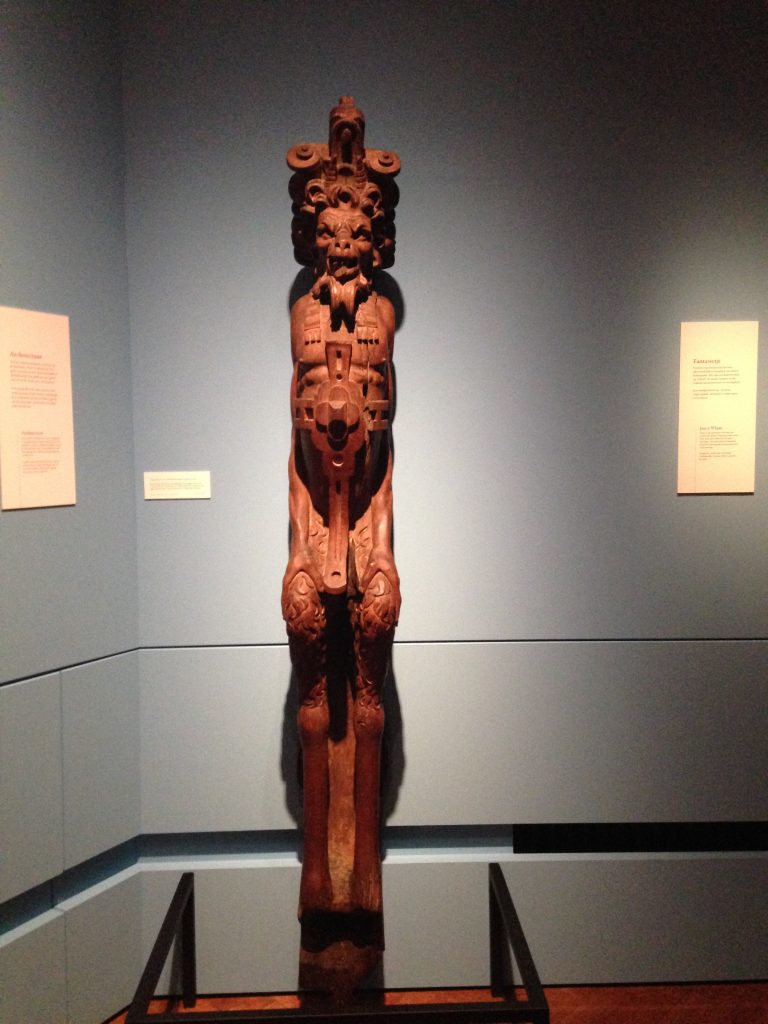
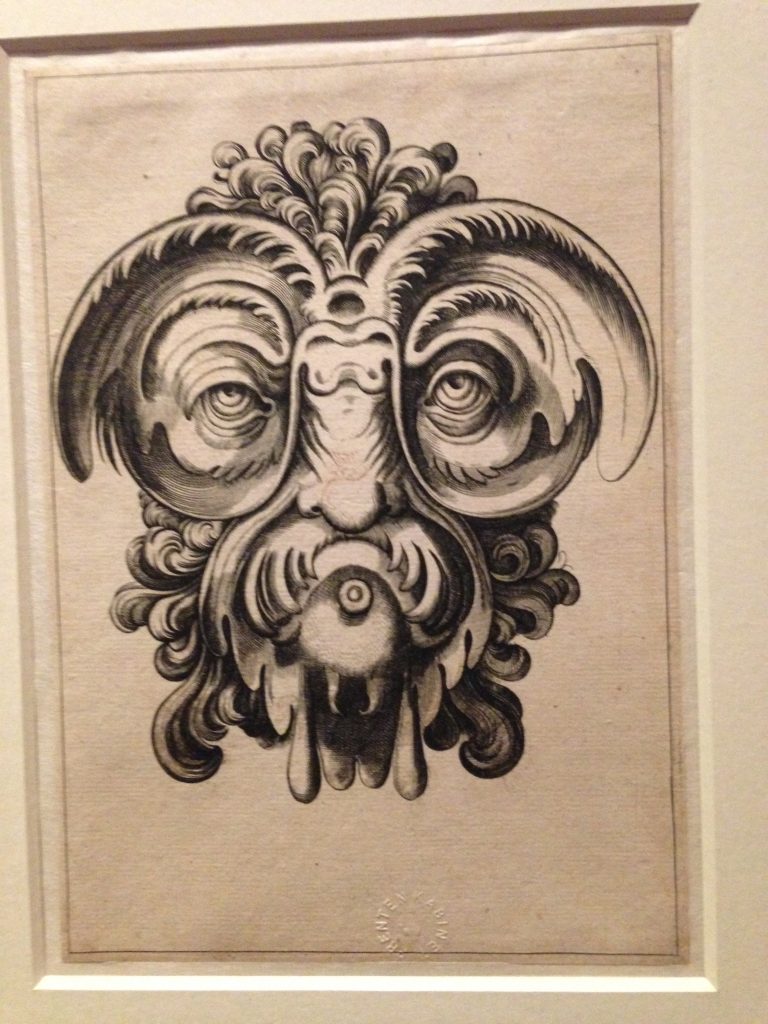
One of the four
Pourtraicture ingenieuse de plusieurs façon de Masques by Cornelis Floris de Vriendt
One of the four
Pourtraicture ingenieuse de plusieurs façon de Masques by Cornelis Floris de Vriendt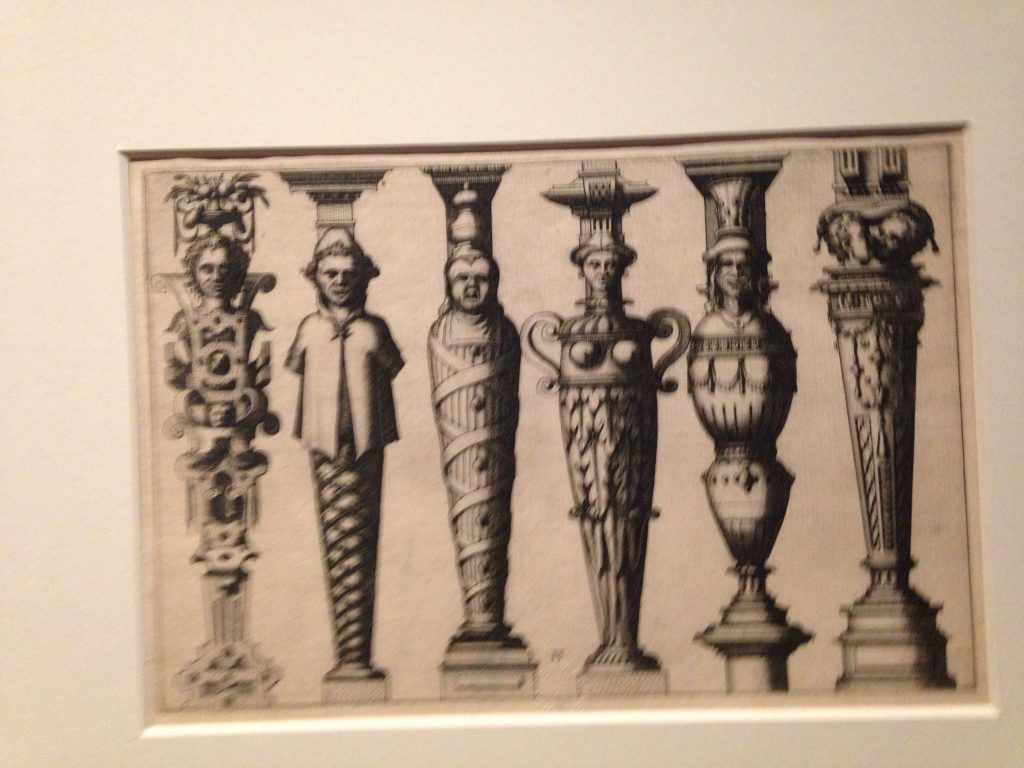
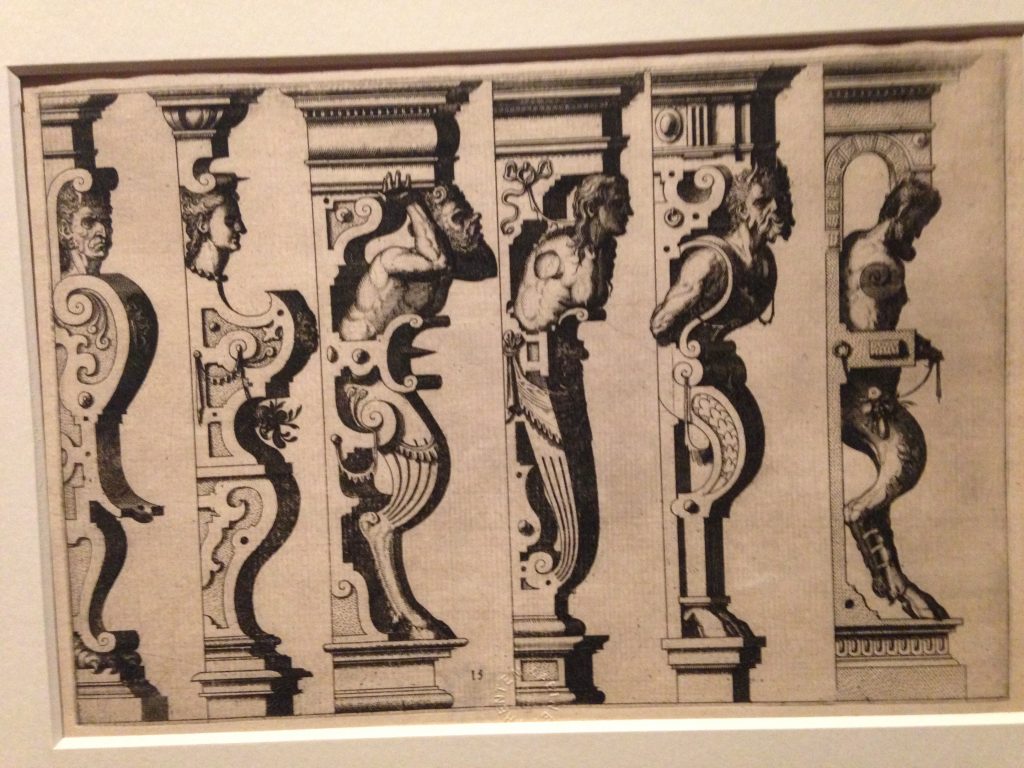
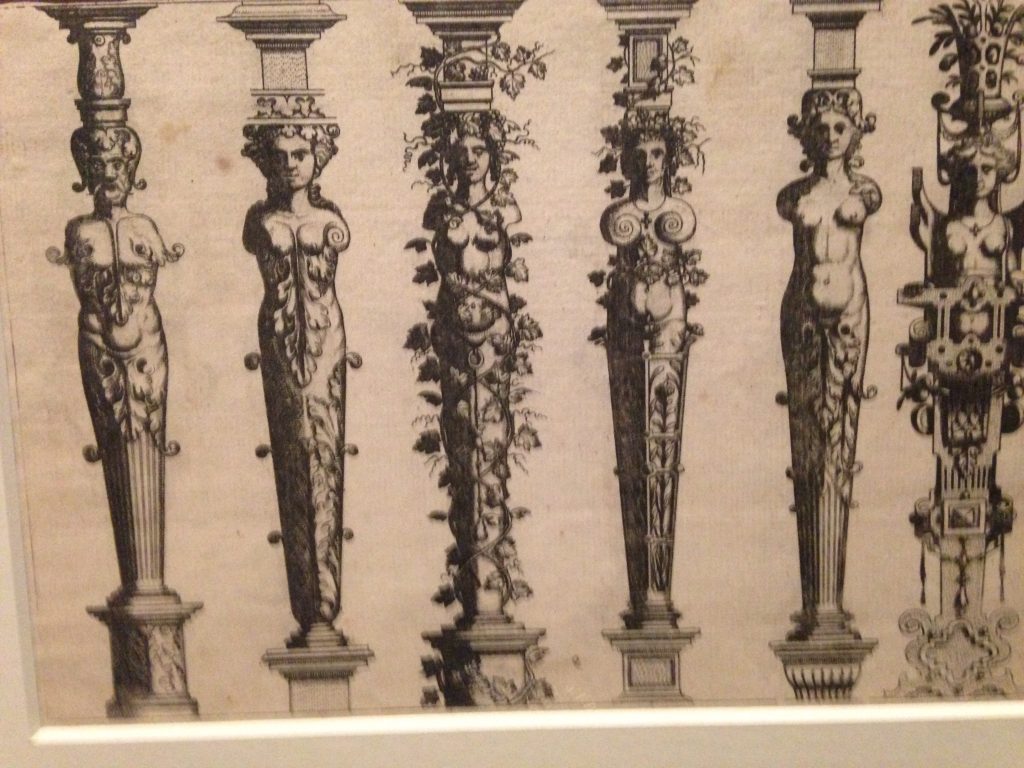
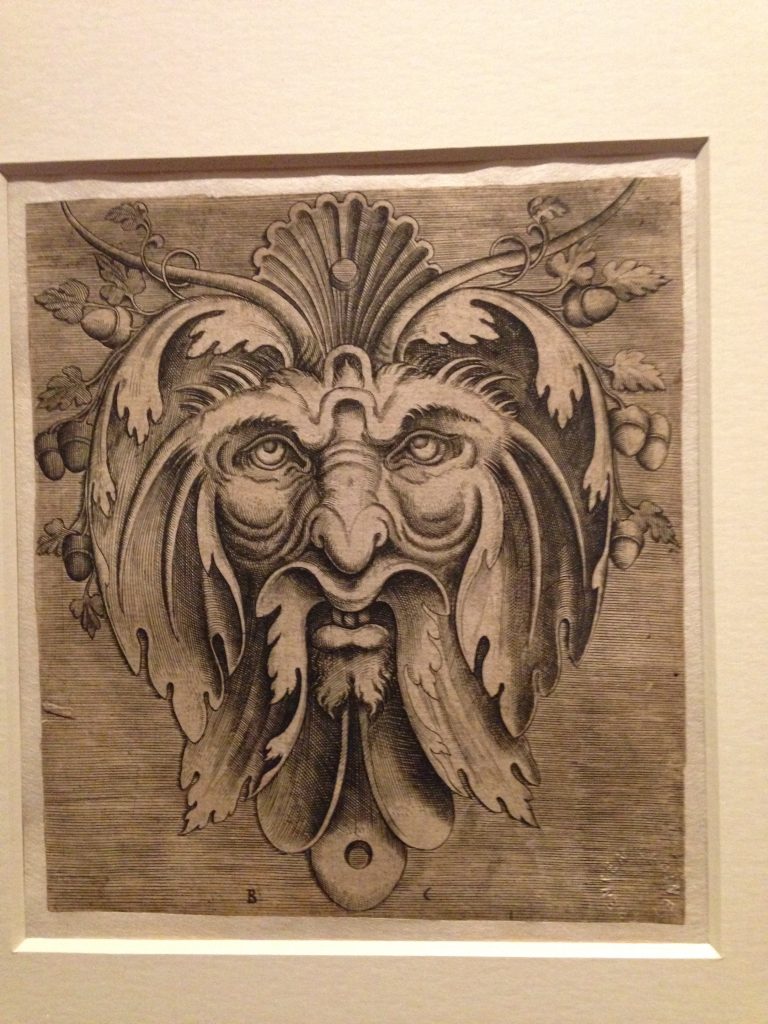
One of the four
Pourtraicture ingenieuse de plusieurs façon de Masques by Cornelis Floris de Vriendt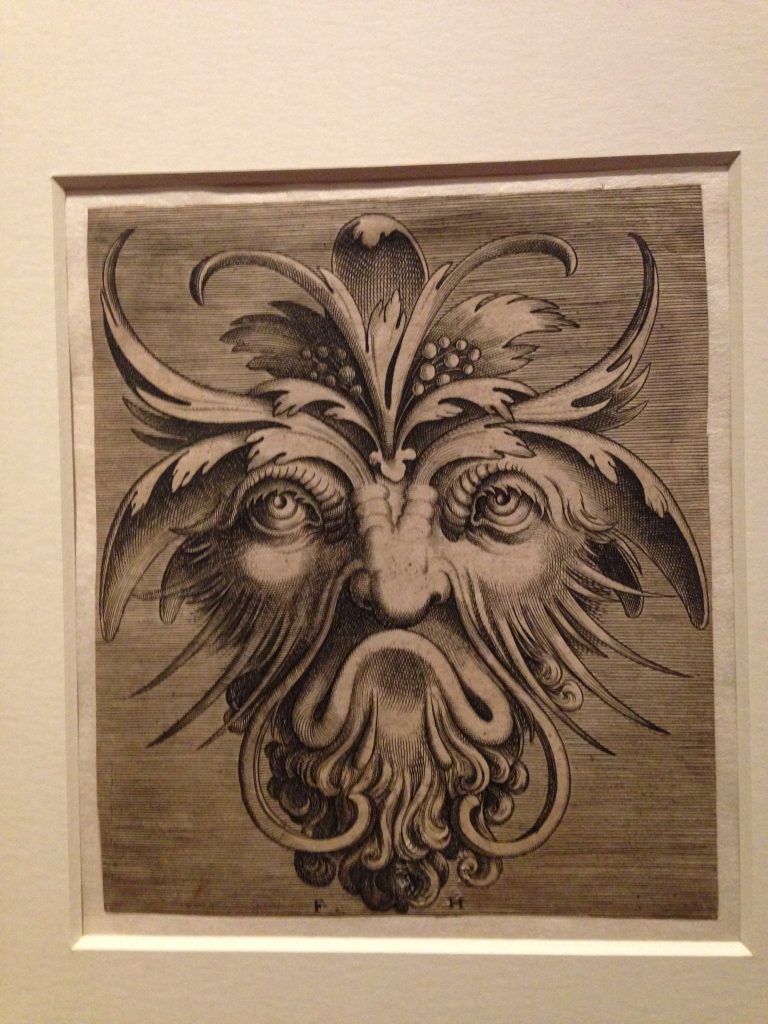
One of the four
Pourtraicture ingenieuse de plusieurs façon de Masques by Cornelis Floris de Vriendt

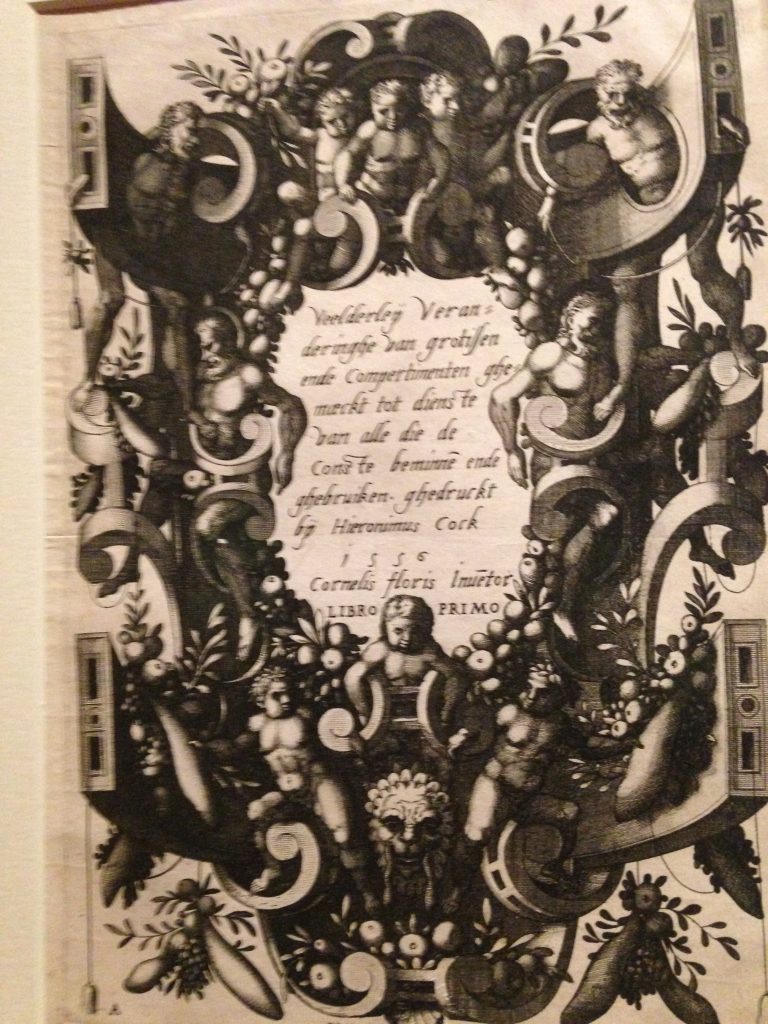
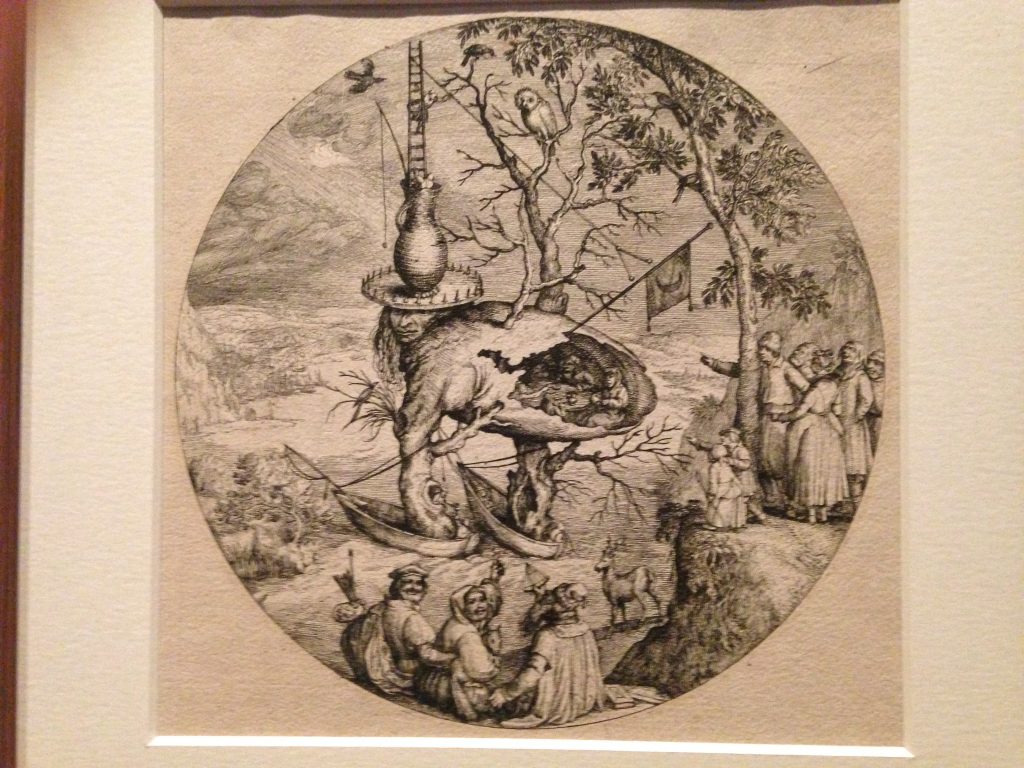

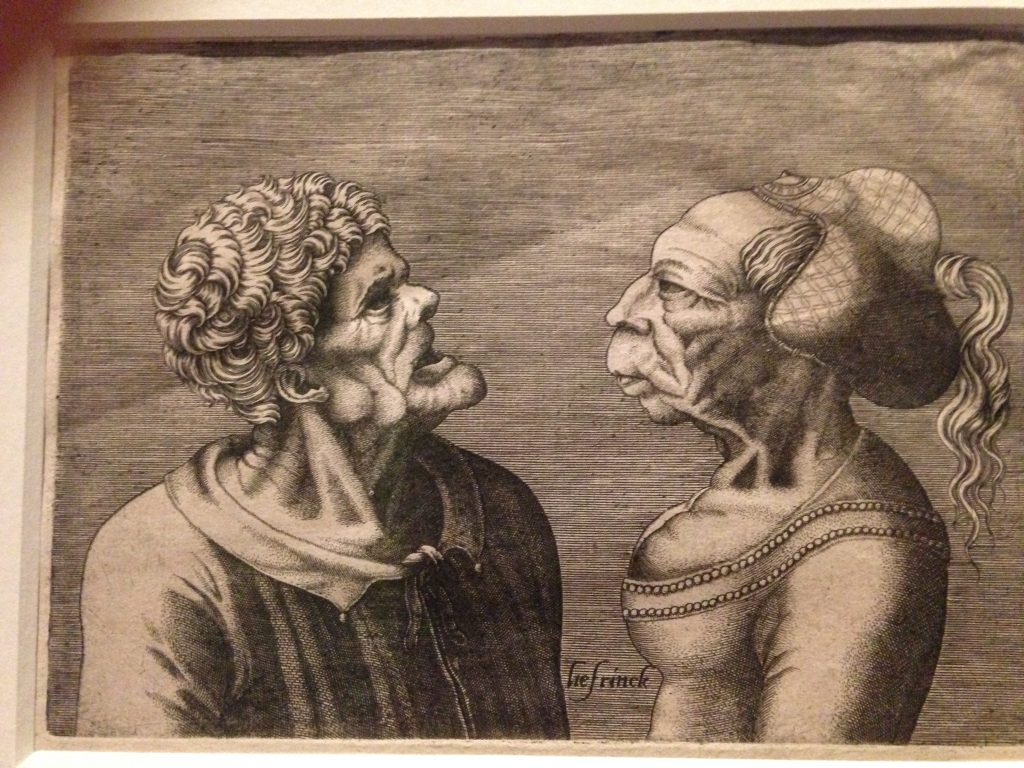
One of the
caricatures after Leonardo da Vinci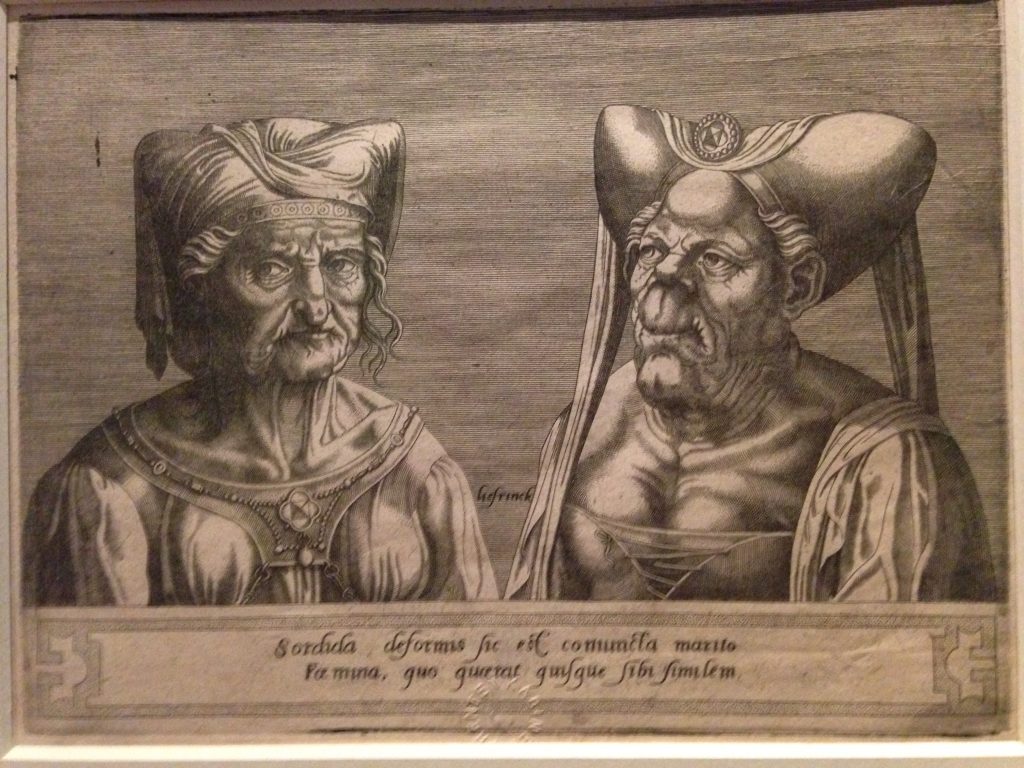
One of the
caricatures after Leonardo da Vinci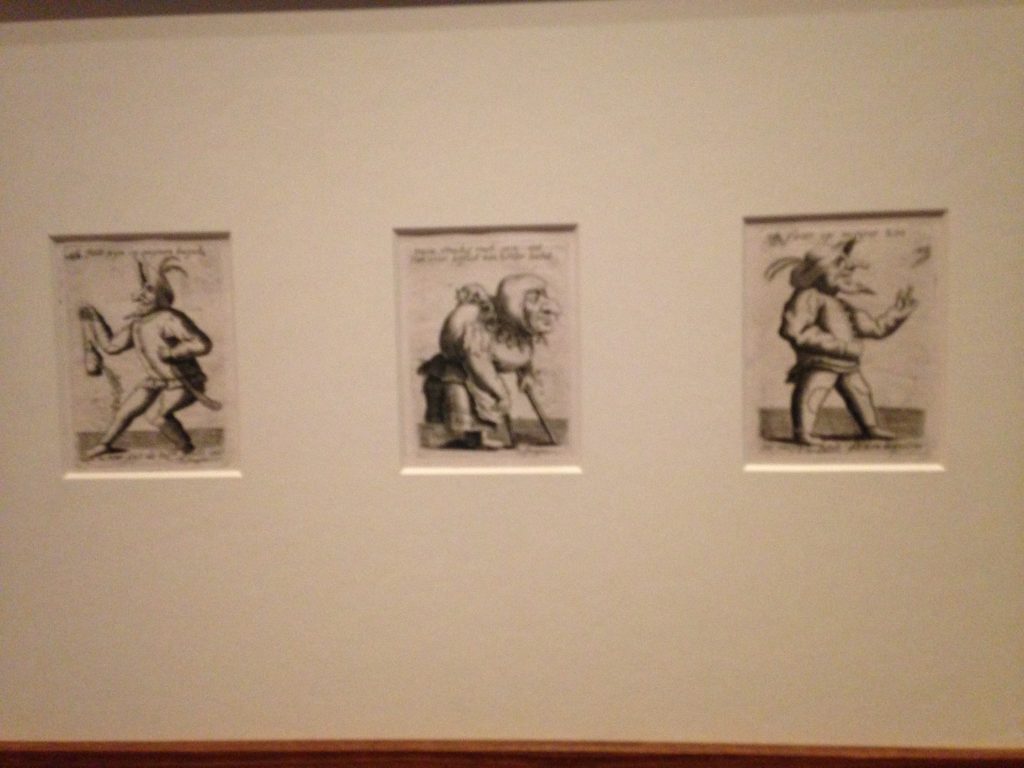
See also: Flemish fantastique and grotesque
‘The Way Things Go’ is World Art Classic #463
https://www.youtube.com/watch?v=RProlO-KvKw
The Way Things Go by Peter Fischli & David Weiss is World Art Classic #463.
Peter Fischli & David Weiss’s work is unclassifiable. Which is a good thing. Yet despite this quality of being genre-defying, their work is defined by playfulness and humor absent from 90% of contemporary art.
I rather enjoy wit and humor in art.
The absence thereof, seriousness, is, in my view, one of the faultlines in 20th century art. Modernism, for example, was reigned by a detrimental “cult of seriousness”.
I first realized my predilection for humor in art somewhere around 2006, when I saw the painting ‘Man weeping, his tears form a waterfall‘.
The humor of Peter Fischli & David Weiss reminds me obliquely of that of The Chapman Brothers, minus the Chapman’s fondness for painfullness.
I’ve recently canonized Fischli and Weiss.
As I said in the title of this post, The Way Things Go is ‘World Art Classic’ #463. Its alphabetical neighbors are The Unswept Floor, a second century AD mosaic and The Witch by Salvator Rosa.
World Art Classic #462
I’ve always had mixed feelings about the work and person of Marina Abramović, but yesterday, while leafing through a book titled Love I stumbled upon a photo of Rest Energy, a 1980 performance piece by Marina and Ulay.
I was immediately taken by it.
I’d seen it before, but had forgotten about it.
I do think it works better as a photo than as a film.
It is World Art Classic #193.
Butades, or, the magic of shadows, or, the invention of art
The Invention of the Art of Drawing (1791) illustrates the Butades myth.
The myth is reported by Pliny.
This is the story: a certain Kora (also called Callirhoe), was in love with a boy at Corinth who had to leave the country. Whereupon she drew on the wall the outline of the shadow of his face. From this outline her father Butades modeled a face in clay, and baked the model, thus preserving for his daughter a face in relief of the boy she loved.
My thoughts? Amazing, but, couldn’t Butades just as well have made a death mask of the face of the boy?
This post is inspired by Victor Stoichita‘s book Short History of the Shadow (1997).
PS Pliny’s shadows remind me of da Vinci’s stains.
I finally hold a copy of ‘Short History of the Shadow’ in my hands
Photo (I accidentally mirrored it) of three books by Victor Stoichita. It shows (from left to right) The Pygmalion Effect, Visionary Experience in the Golden Age of Spanish Art and Short History of the Shadow.
The photo was taken against the backdrop of the University of Antwerp library at the Prinsstraat.
I was surprised to find these books in the collection of the Ruusbroec Institute of all places. Not so surprising it would appear the following day after doing my homework, as on February 6th 2014 Stoichita gave a lecture at the UCSIA, on the visionary experience in art. John of Ruysbroeck (after which the Ruusbroec Institute was named) was a Flemish mystic and Stoichita has written on the visionary experience.
A pity I missed that lecture.
Victor Stoichita’s oeuvre very obliquely reminds me of David Toop‘s and especially his last work Sinister Resonance: The Mediumship of the Listener (which I have still to read, or better said, “hold in my hands”, as I’ve researched it already online), in particular the chapter Art of silence. As I’ve noted in a previous post[1], in that book Toop references Stoichita. Three times[2], to be exact, I just checked.
I started reading Short History of the Shadow and in the introduction I found Plato’s cave, Pliny’s shadow and Hegel on lightness and darkness.
On the originary date of ‘Mona Lisa Smoking a Pipe’

Mona Lisa Smoking a Pipe by Eugène Bataille (Sapeck) (page from the book Le rire, source Gallica.bnf.fr)
I’ve been fascinated by the Incoherents since I first stumbled upon them in 2007[1][2].
After becoming a member of the Royal Museum of Fine Arts Antwerp library some weeks ago, I have been able to consult two seminal books on that movement’s history: the Arts incoherents, academie du derisoire exhibition catalog (1992) by Luce Abélès/Catherine Charpin and The Spirit of Montmartre: Cabarets, Humor and the Avant-Garde, 1875-1905 (1996) by Phillip Dennis Cate.
Object of my research was to check the dates of works I consider canonical to the proto-avant-garde, dates which I previous held to be the neat series of 1882, 1883 and 1884.
It’s a pity, but I’ve had to adjust that series to 1882, 1883 and 1887: Negroes Fighting in a Tunnel at Night (1882), Funeral March for the Obsequies of a Deaf Man (1884) and Mona Lisa Smoking a Pipe (1887).
According to my research, Mona Lisa Smoking a Pipe by Sapeck, which is still listed over at Wikipedia as originating in 1883 and erroneously titled as Le rire, in fact first saw the light of day in 1887, in the book Le Rire by Coquelin cadet.
Wikipedia is not the only reference work in error. The Oxford Critical and Cultural History of Modernist Magazines erroneously states that this Mona Lisa was first shown in 1883 at the second “Incohérents” exhibition.
What is the importance of this augmented Mona Lisa?
Simple.
Perhaps the invention of high art with capital ‘A’ coincided with the first blows of its ridicule. This augmented Mona Lisa was a desecration, a violation, a rape of its masterpiece: the Mona Lisa proper by da Vinci.
Think about it.
Tortured artists and beautiful losers
Self-Portrait with Bandaged Ear and Pipe, the purest version of the two ‘bandaged’ portraits.
Vincent van Gogh‘s two Self—Portraits with Bandaged Ear are the most perfect visual expression of the concept of the tortured artist, an artist who in this particular case literally in an act of self-torture cut off his own ear.
Van Gogh was a beautiful loser unacknowledged during his lifetime and posthumously rewarded with success.
One other painting in the category ‘existential angst’ comes to mind, the far more famous The Scream, depicting an artist tortured by existential angst.
Do not blindly accept all that your retina communicates to you
 I’ve finally tracked down the primary sources of Marcel Duchamp‘s frequently cited disparagement of what he calls “retinal” art .
I’ve finally tracked down the primary sources of Marcel Duchamp‘s frequently cited disparagement of what he calls “retinal” art .
And I’d almost forgotten, but the best illustration to the antiretinal position of Duchamp is the eye and razor scene (above) from Un chien andalou, which I first posted back in 2007.
Also remarkable is the fact that Duchamp was actually not original when dissing “retinal painting” in the 1950s. In the 1912 pamphlet Du “Cubisme”, two hardline cubists, Albert Gleizes and Jean Metzinger, had already accused Courbet of having “accepted everything that his retina communicated to him, without intellectual control.”
See also: ocularcentrism and “The Disenchantment of the Eye: Surrealism and the Crisis of Ocularcentrism” by Martin Jay.



